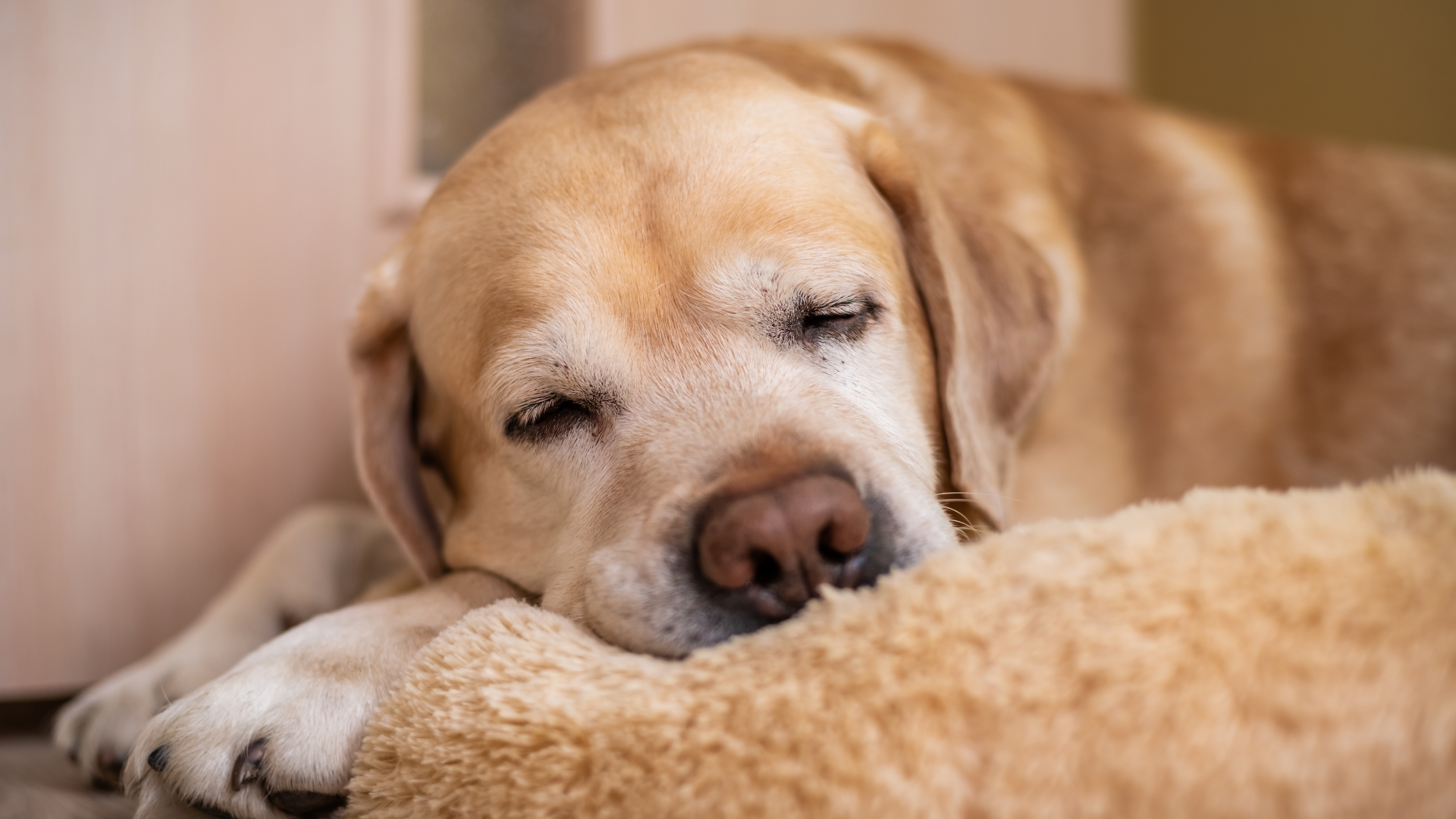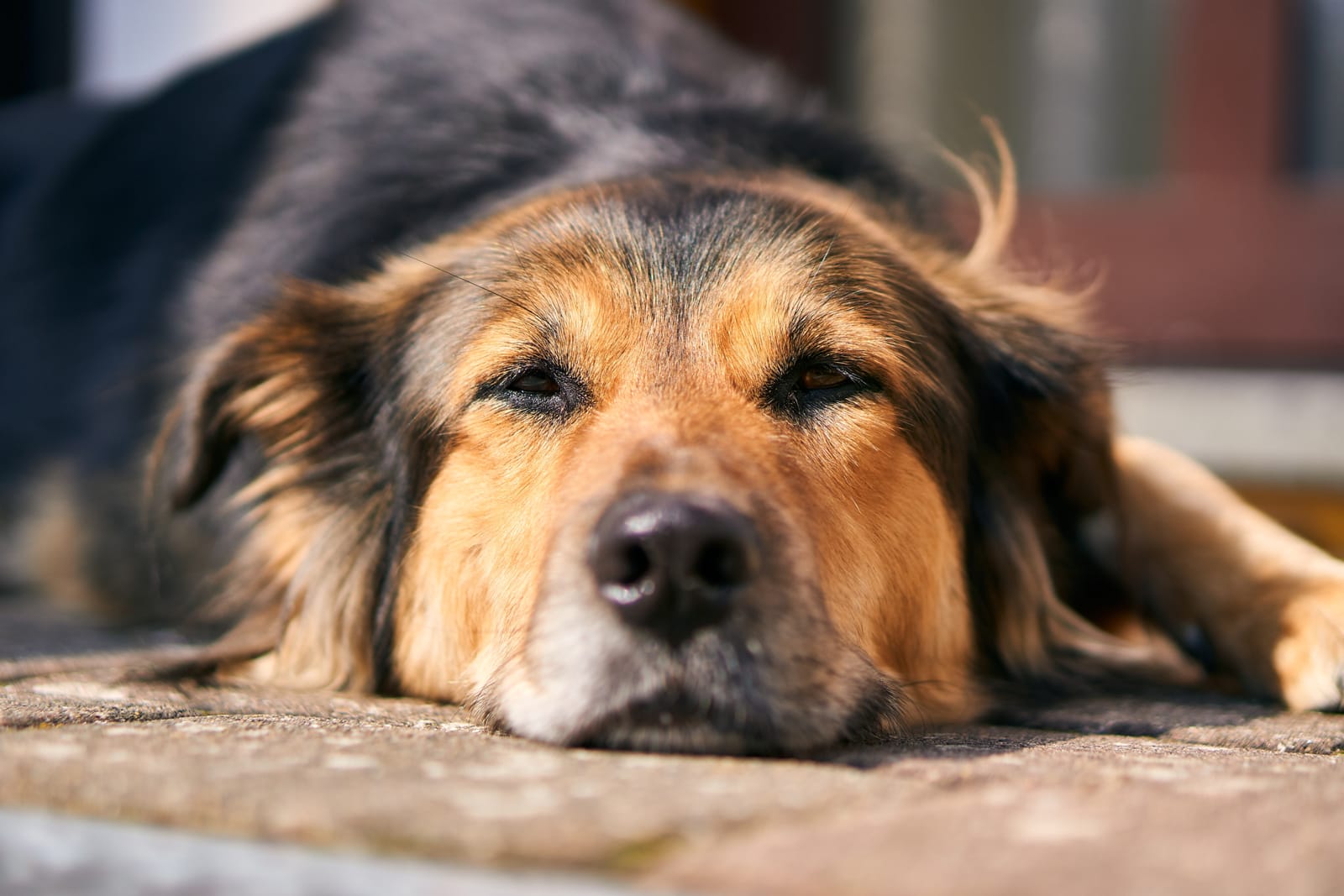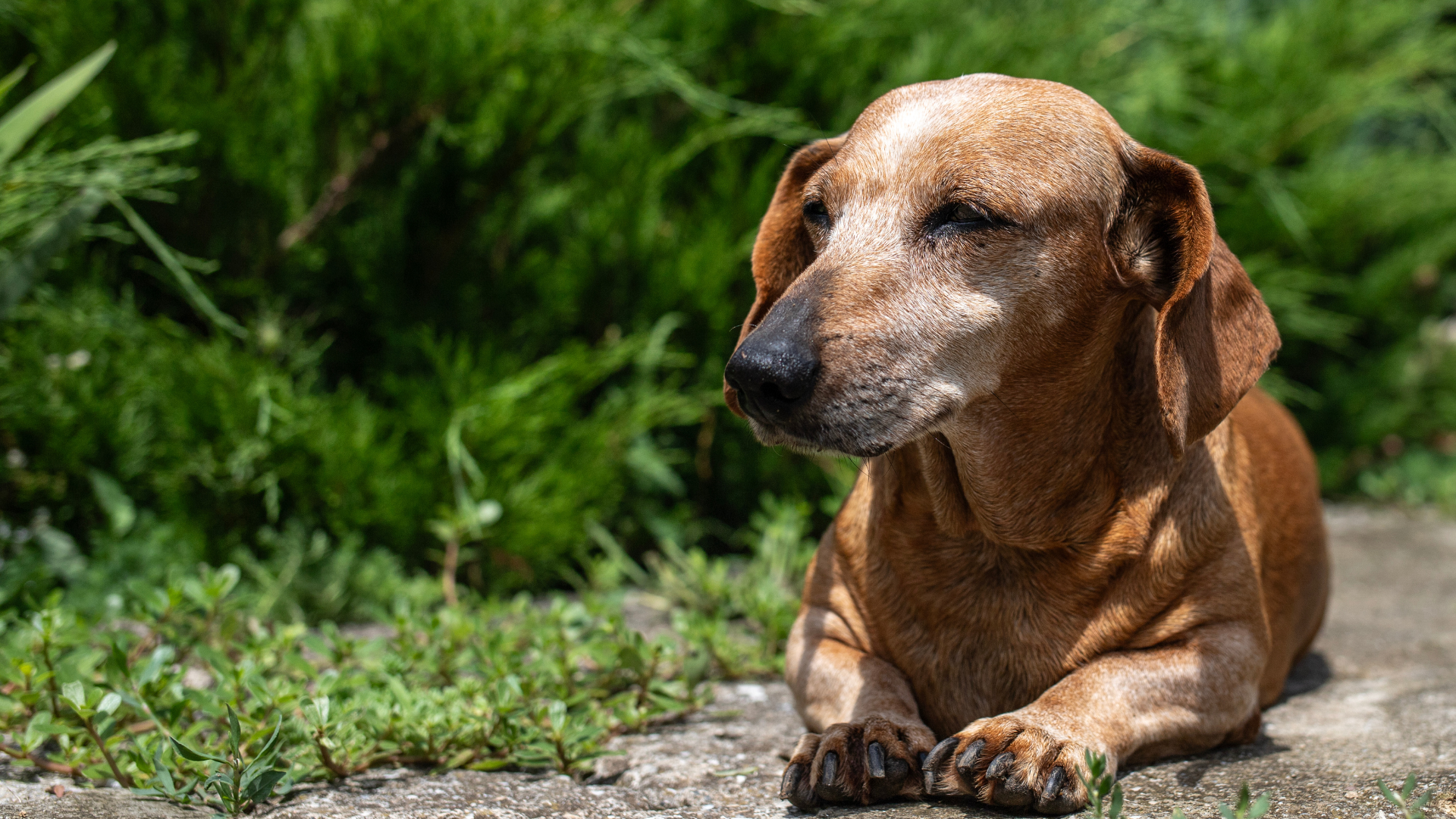Incontinence is a common problem among older dogs. It is defined as the inability to control urination or defecation. This can be caused by a variety of factors such as age-related changes, diseases, and injuries. Incontinence can be frustrating for both the dog and the owner, and it can significantly affect their quality of life.

Older dogs are more prone to incontinence because of age-related changes in their body. As they age, their muscles weaken, and their bladder becomes less elastic. This can lead to leakage or complete loss of control over urination or defecation. Incontinence can also be caused by diseases such as diabetes, kidney disease, and urinary tract infections. Injuries to the spinal cord or nerves can also result in incontinence.
Understanding Incontinence in Old Dogs
Incontinence is a common issue among older dogs that can be caused by a variety of factors. It is important for dog owners to understand the causes, types, and symptoms of incontinence in order to properly manage and treat the condition.
Causes of Incontinence
Incontinence in old dogs can be caused by a variety of factors, including weakened bladder muscles, hormonal imbalances, nerve damage, and urinary tract infections. Additionally, certain medications and medical conditions such as diabetes and kidney disease can also contribute to incontinence.
Types of Incontinence
There are two main types of incontinence in old dogs: urinary incontinence and fecal incontinence. Urinary incontinence is the most common type and is characterized by involuntary leakage of urine. Fecal incontinence, on the other hand, is the involuntary passage of feces.
Symptoms to Recognize
Symptoms of incontinence in old dogs may include frequent urination, dribbling urine, urine stains on bedding or furniture, and a strong odor of urine. In cases of fecal incontinence, dogs may have difficulty controlling their bowel movements and may leave feces around the house.
Overall, incontinence in old dogs can be a frustrating and challenging issue for both dogs and their owners. However, with proper management and treatment, it is possible to improve the quality of life for affected dogs.

Diagnosis of Incontinence
Veterinary Examination
When a dog is suspected of having incontinence, the first step is to schedule a veterinary examination. During the examination, the veterinarian will ask the owner about the dog's symptoms and medical history. The veterinarian will also perform a physical examination of the dog, paying special attention to the urinary and reproductive systems.
Diagnostic Tests
After the physical examination, the veterinarian may recommend diagnostic tests to determine the underlying cause of the incontinence. These tests may include blood and urine tests, X-rays, ultrasound, and a urinalysis. These tests can help identify any underlying medical conditions, such as urinary tract infections, bladder stones, or tumors.
In some cases, the veterinarian may recommend more advanced diagnostic tests such as a cystoscopy or a contrast study. These tests can help identify structural abnormalities in the urinary system, such as bladder or urethral abnormalities.
Overall, a thorough veterinary examination and diagnostic testing are crucial for accurately diagnosing incontinence in old dogs. By identifying the underlying cause of the incontinence, the veterinarian can develop an effective treatment plan to improve the dog's quality of life.
Treatment Options

Medical Management
Incontinence in old dogs can be managed through medical interventions. The veterinarian may prescribe medications that help to control the bladder and reduce the frequency of accidents. Some of the commonly used medications include phenylpropanolamine, estrogen, and testosterone. These medications work by tightening the muscles around the bladder and sphincter, thereby reducing the likelihood of urine leakage.
Surgical Interventions
In some cases, surgical interventions may be necessary to treat incontinence in old dogs. The veterinarian may recommend surgery to correct any anatomical abnormalities that may be causing the incontinence. For instance, surgery may be necessary to correct a bladder that has dropped or to remove a tumor that is interfering with the dog's ability to control its bladder.
Alternative Therapies
Alternative therapies may also be used to manage incontinence in old dogs. These therapies include acupuncture, chiropractic care, and herbal supplements. Acupuncture and chiropractic care may help to improve the dog's overall health and well-being, which may in turn help to reduce the incidence of incontinence. Herbal supplements such as saw palmetto and corn silk may also be used to reduce inflammation and promote bladder health.
It is important to note that the effectiveness of alternative therapies in managing incontinence in old dogs has not been scientifically proven. Therefore, it is important to consult with a veterinarian before using any alternative therapies.
Managing Incontinence at Home
Older dogs may experience incontinence due to various reasons, such as weakened bladder muscles, urinary tract infections, or cognitive decline. While incontinence can be frustrating for both the dog and the owner, there are several steps that can be taken to manage the condition at home.
Environmental Modifications
One way to manage incontinence in older dogs is to make environmental modifications that can help prevent accidents and make cleanup easier. For example, placing waterproof covers on furniture and bedding can protect them from urine stains and odors. Using baby gates or closing doors can also limit the dog's access to certain areas of the house, reducing the risk of accidents.
Another modification that can be helpful is providing your dog with easy access to water and a designated potty area. This can help prevent accidents by reducing the distance your dog needs to travel to relieve themselves.

Hygiene and Care
Proper hygiene and care can also help manage incontinence in older dogs. Regularly cleaning your dog's genital area with warm water and mild soap can help prevent infections and irritation. Additionally, maintaining a regular grooming schedule can help prevent matting and skin irritation in the perineal area.
Using absorbent pads or diapers can also be helpful in managing incontinence. These products can be changed regularly to prevent skin irritation and reduce the risk of infections. It is important to note that these products should not be used as a long-term solution and should be combined with other management strategies.
In conclusion, managing incontinence in older dogs requires a multifaceted approach that includes environmental modifications, proper hygiene and care, and the use of absorbent products. By taking these steps, owners can help their dogs maintain their quality of life and reduce the stress and frustration associated with incontinence.
Prevention and Early Detection
Incontinence is a common problem in older dogs, but there are steps that pet owners can take to prevent or manage it. Prevention and early detection are key in managing incontinence in older dogs.

Routine Health Checks
Regular check-ups with a veterinarian are essential in the early detection of incontinence in older dogs. During a routine check-up, the vet may perform a physical exam to check for signs of incontinence, such as urine stains on the coat or skin irritation around the genitals. They may also perform blood and urine tests to rule out any underlying medical conditions that may cause incontinence.
Diet and Exercise
A balanced diet and regular exercise can help prevent incontinence in older dogs. A diet high in fiber can help regulate bowel movements, which can reduce the risk of fecal incontinence. Adequate hydration is also important to maintain healthy bladder function. Regular exercise can help keep the muscles in the bladder and bowel strong, reducing the risk of incontinence.
In conclusion, prevention and early detection are key in managing incontinence in older dogs. Routine health checks and a balanced diet with regular exercise can help prevent incontinence and improve the overall health of older dogs.
Support and Resources
Older dogs with incontinence require special care and attention. Fortunately, there are several resources available to help pet owners manage this condition.
Online Communities
Online communities can be a great source of support and information for pet owners. There are several forums and social media groups dedicated to discussing incontinence in dogs. These communities allow pet owners to connect with others who are going through similar experiences, share tips and advice, and provide emotional support.
Professional Advice
Pet owners should also consider seeking advice from a veterinarian or veterinary specialist. A vet can help diagnose the underlying cause of incontinence and provide guidance on treatment options. They can also recommend products such as diapers, pads, and special bedding to help manage the condition.
In addition, some veterinary clinics offer physical therapy and rehabilitation services to help improve bladder control in older dogs. These services can include exercises to strengthen the pelvic muscles and improve mobility.
Overall, with the right support and resources, pet owners can help their older dogs live comfortably and happily despite incontinence.

Conclusion
Incontinence in older dogs is a multifaceted issue that can significantly impact their quality of life and that of their owners. Understanding the causes, recognizing symptoms, and seeking veterinary care are crucial steps in managing this condition. With proper medical treatment, environmental adjustments, and home care strategies, it is possible to improve the comfort and well-being of affected dogs.
Preventative measures, such as regular health check-ups, a balanced diet, and consistent exercise, can also play a vital role in mitigating the risks of incontinence. Support from online communities and professional advice can further aid in managing this challenging condition, ensuring that senior dogs remain happy and healthy.




